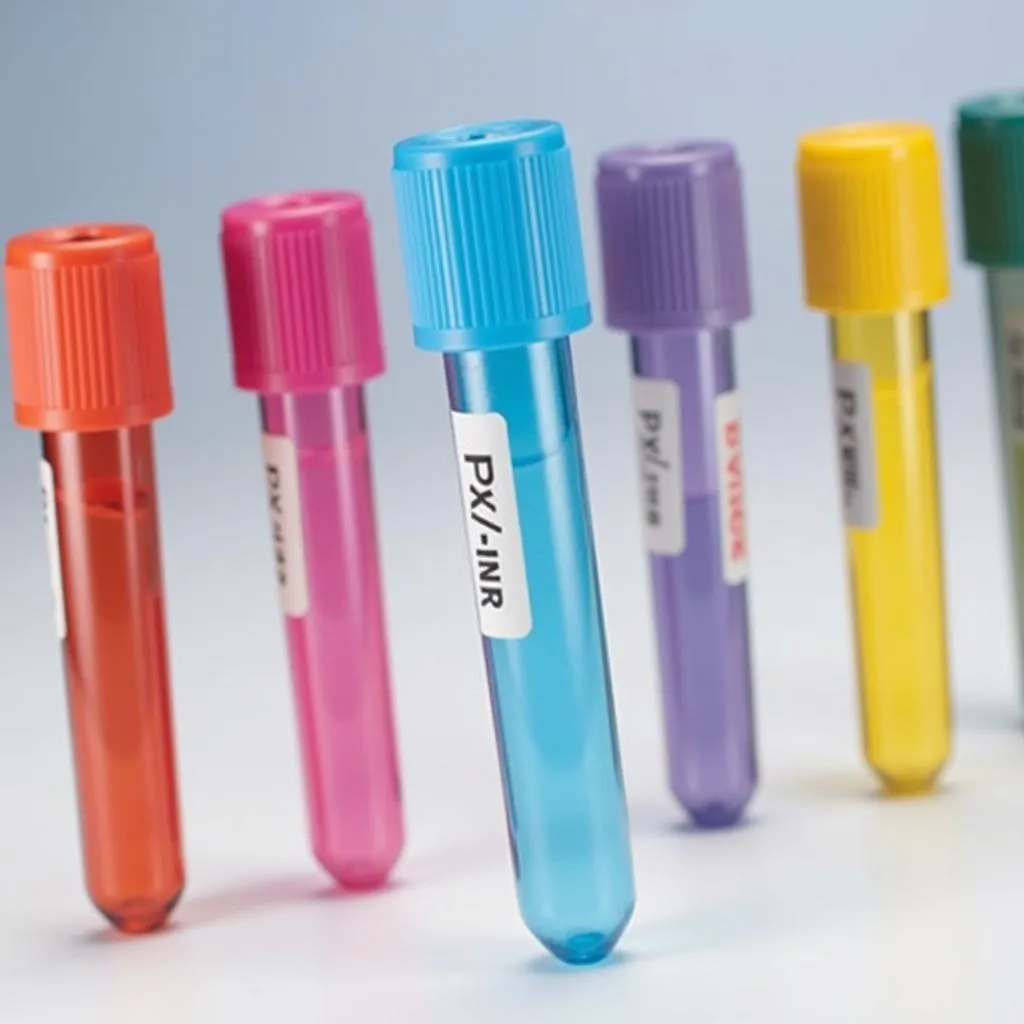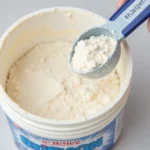If you’re getting your PT/INR checked, you might be wondering about the different colored tubes used for blood draws and what they mean. While it might seem like a small detail, the color of the tube directly relates to how your blood sample is processed and analyzed. Let’s decode the mystery of blood tube colors, focusing on which one is used for a PT/INR test.
What do the Different Blood Tube Colors Mean?
Each blood test requires specific additives or treatments for accurate results. That’s where the variety of blood tube colors comes in. Here’s a quick breakdown:
- Lavender Top: Contains EDTA, an anticoagulant that prevents clotting. Used for complete blood counts (CBCs), blood typing, and other hematology tests.
- Green Top: Contains heparin, another type of anticoagulant. Used for plasma chemistry tests.
- Red Top: No anticoagulant. Allows blood to clot, used for serum chemistry tests and some drug tests.
- Light Blue Top: Contains sodium citrate, an anticoagulant that binds calcium. Specifically used for coagulation tests, including PT/INR.
- Gray Top: Contains potassium oxalate and sodium fluoride. Used for glucose testing and lactate measurements.
Why is a Light Blue Tube Used for PT/INR?
Your PT/INR test measures how long it takes your blood to clot. This is crucial if you’re on blood thinners like warfarin (Coumadin). The light blue tube, with its sodium citrate additive, is the perfect choice for this test. Here’s why:
- Prevents Clotting Too Quickly: Sodium citrate prevents your blood from clotting prematurely in the tube. This ensures accurate measurement of clotting time.
- Preserves Clotting Factors: The specific way sodium citrate works preserves the balance of clotting factors in your blood sample, providing a reliable picture of your body’s natural clotting ability.
 Different colored blood tubes for various tests, highlighting the light blue tube used for PT/INR.
Different colored blood tubes for various tests, highlighting the light blue tube used for PT/INR.
FAQs about Blood Tubes and PT/INR Testing
Q: Does the order of blood draw with different colored tubes matter?
A: Yes! There’s a specific order to minimize the risk of contamination between additives. The light blue tube for PT/INR is usually drawn after any tubes containing clot activators, but before tubes containing EDTA.
Q: Why is my PT/INR being tested?
A: This test is commonly used to monitor the effectiveness of blood-thinning medications like warfarin. It helps your doctor determine the correct dosage to prevent dangerous blood clots while minimizing bleeding risks.
 A healthcare professional performing a finger prick for a PT/INR test.
A healthcare professional performing a finger prick for a PT/INR test.
Q: How should I prepare for my PT/INR test?
A: Your doctor will provide specific instructions, but in general, you may be asked to fast for a certain period before the test. Always inform your doctor about any medications or supplements you’re taking.
Need More Information?
If you have more questions about your PT/INR test, blood thinner medications, or the blood draw process, don’t hesitate to reach out to your healthcare provider.
Contact Us:
Phone Number: 0373298888
Email: [email protected]
Address: 86 Cầu Giấy, Hà Nội
Our dedicated team is available 24/7 to assist you.

